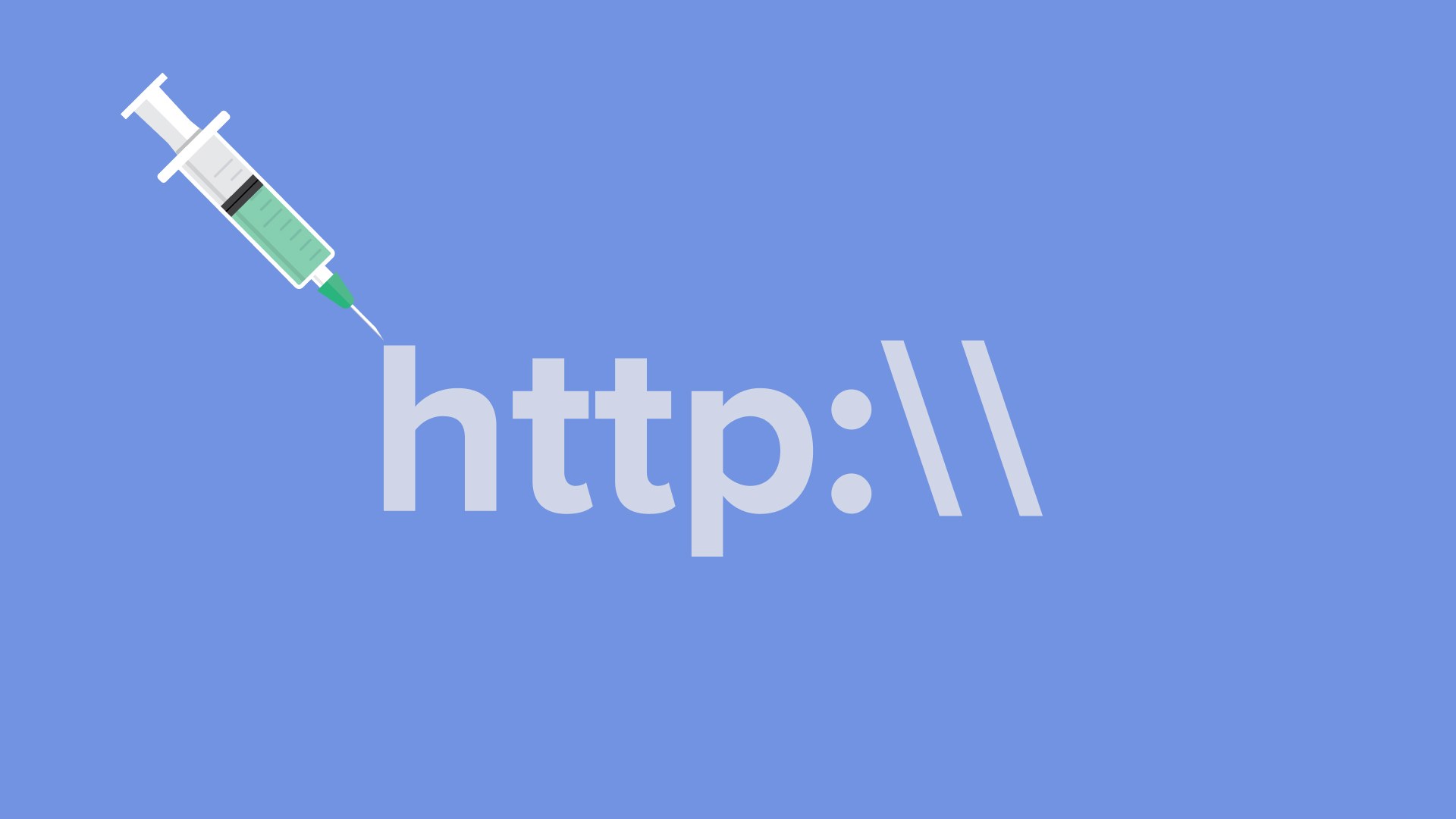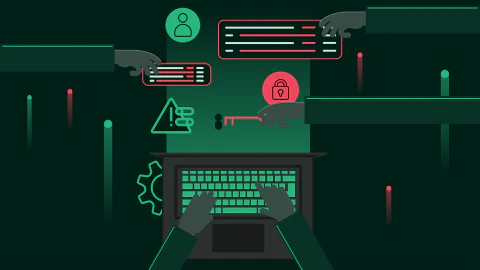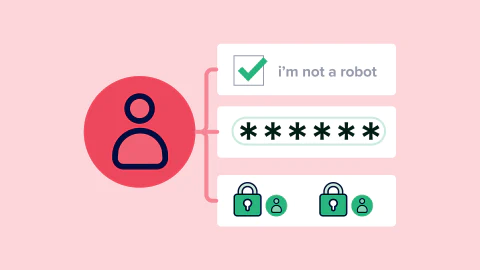In this in-depth guide we’ll explore CRLF injection, a web application security vulnerability that can have severe consequences.
First, we’ll cover what CRLF injection is, the types of CRLF injection attacks, and their potential impacts. Additionally, we’ll discuss similarities with other attacks, payloads used in these exploits, and how to prevent CRLF injection. Finally, we’ll touch on the role of OWASP in addressing this security risk.
By understanding and implementing the recommended practices, developers can build more secure applications and protect their users from the threats posed by CRLF injection.
What Is CRLF Injection?
CRLF injection is a web application security vulnerability that manipulates the control characters used to separate lines of text. This exploit can lead to a range of malicious outcomes, from data theft to unauthorized access. To understand CRLF injection, it’s essential to first comprehend what CRLF stands for: Carriage Return (CR) and Line Feed (LF).
These characters are commonly used to separate lines in a text file or data stream. For example, in the context of web applications, CRLF is used to delineate HTTP headers from the message body. In a CRLF injection attack, a hacker inserts CRLF characters into user inputs. This tricks the application into interpreting the input as a new line. This technique allows the attacker to inject malicious content, modify existing data, or execute arbitrary code on the target system.
What Are the Types of CRLF Injection?
CRLF injection attacks generally fall into two categories: HTTP response splitting and log forging.
HTTP Response Splitting
HTTP response splitting occurs when an attacker injects CRLF characters into user input, affecting the server’s response headers. This malicious input results in an extra set of headers and response body, which the attacker can use to manipulate the client’s behavior. The consequences of this attack can include cache poisoning, cross-site scripting (XSS), and website defacement.
Log Forging
In log forging attacks, the intruder injects CRLF characters into application logs, creating fake log entries or modifying existing ones. By doing so, the attacker can obscure their tracks, manipulate log analysis tools, or even fabricate evidence of other malicious activities.
What Is the Impact of CRLF Injection?
CRLF injection can lead to several negative consequences for both the targeted web application and its users. These impacts include:
- Data Leakage: CRLF injection can cause sensitive data to be leaked or exposed to unauthorized individuals, potentially resulting in identity theft or financial loss.
- Loss of Integrity: The injection of malicious content or alteration of existing data can compromise the integrity of the web application, undermining user trust and the organization’s reputation.
- Unauthorized Access: CRLF injection attacks can grant the attacker unauthorized access to restricted areas of the web application, potentially leading to further exploitation and data theft.
- Denial of Service: By manipulating the application’s response headers, an attacker can cause a denial of service (DoS) for other users, making the web application unavailable or unstable.
What Attack Closely Resembles CRLF Injections?
Cross-site scripting (XSS) attacks share many similarities with CRLF injections. Both involve injecting malicious content into a web application, typically via user input fields. While CRLF injections primarily target HTTP headers and logs, XSS attacks focus on injecting malicious scripts into the application’s output HTML. Both attacks can lead to unauthorized access, data theft, and loss of integrity.
CRLF Injection Payloads
CRLF injection payloads are the strings attackers use to manipulate the target application. These payloads typically include a combination of CRLF characters, encoded or otherwise, followed by malicious data or commands.
Crafting an effective payload involves understanding the application’s behavior. Additionally, it is also necessary to have knowledge of the target platform that the payload will be used on. Finally, you must be aware of encoding or escaping mechanisms that may be in place.
CRLF Vulnerabilities and Prevention
To protect your web applications from CRLF injection attacks, it’s crucial to identify and mitigate potential vulnerabilities. Here are some steps you can take to minimize the risk of CRLF injection:
- Input Validation: Implement strict input validation to prevent injecting CRLF characters in user input fields. Use a safelist approach, allowing only specific, safe characters to pass through.
- Output Encoding: Encode any user-supplied data before incorporating it into HTTP headers, logs, or other outputs. This ensures that any injected CRLF characters are treated as plain text, preventing their execution.
- Secure Logging Practices: Implement safe logging practices to prevent log forging attacks. This includes validating and encoding user-supplied data before logging, using a centralized logging system with access controls, and regularly reviewing logs for signs of tampering.
- Content Security Policy (CSP): Implement a robust content security policy to mitigate the risk of cross-site scripting attacks that might occur due to CRLF injection. This policy defines which content sources are allowed to be loaded by a web page, effectively restricting the execution of injected scripts.
- Regularly Update and Patch: Keep your web application and its underlying components, such as server software and third-party libraries, up to date with the latest security patches. By addressing CRLF injection attacks, known security vulnerabilities can be effectively eliminated.
- Security Testing: Conduct regular security testing on your web applications, including penetration testing and vulnerability scanning. This helps to identify and fix potential security vulnerabilities before attackers can exploit them.
Example of a CRLF Injection Attack
Let’s consider a simplified example of an HTTP response splitting attack, a type of CRLF injection. Imagine a web application that displays user profile information based on a query parameter like this:
https://example.com/userProfile?name=John
The server-side code might look like this (using PHP as an example):
$name = $_GET['name'];
header("Content-Disposition: attachment; filename=$name.txt");
In this example, the server takes the name parameter from the URL to set the Content-Disposition header, which determines how the client’s browser treats the content. Now, suppose an attacker crafts a malicious URL like this:
https://example.com/userProfile?name=John%0D%0AContent-Type:%20text%2Fhtml%0D%
0A%0D%0A%3Cscript%3Ealert(%27XSS%27)%3C%2Fscript%3E
Here, %0D%0A represents the URL-encoded CRLF characters (Carriage Return and Line Feed), and %3Cscript%3Ealert(%27XSS%27)%3C%2Fscript%3E is an encoded JavaScript payload.
When the server processes this URL, the injected CRLF characters cause the server to treat the following content as a new line, allowing the attacker to inject additional headers and a malicious script:
Content-Disposition: attachment; filename=John
Content-Type: text/html
<script>alert('XSS')</script>
As a result, when a user visits the malicious URL, their browser interprets the content as HTML, and the injected script is executed, causing a cross-site scripting (XSS) attack. This example demonstrates how an attacker can use CRLF injection to manipulate HTTP headers and inject malicious content. To mitigate such attacks, developers should implement strict input validation, output encoding, and other security measures discussed earlier in this guide.
Mitigating the Threat
You can combine input validation, output encoding, and secure coding practices to mitigate the CRLF injection attack demonstrated in the previous example. Here’s a strategy to address this specific case:
Input Validation
Implement strict input validation on the name parameter to ensure it only contains allowed characters, such as letters, digits, and spaces. You can use a safelist approach to allow only specific characters or a regular expression to validate the input. For example, in PHP:
$name = $_GET['name'];
if (!preg_match('/^[a-zA-Z0-9\s]+$/', $name)) {
die("Invalid name provided.");
}
Output Encoding
Encode any user-supplied data before incorporating it into HTTP headers to prevent CRLF injection. Most programming languages provide built-in functions to perform this encoding. For example, in PHP, you can use the header_remove() function to remove any existing headers with the same name, followed by the header() function with the Content-Disposition header value adequately encoded using the urlencode() function:
header_remove("Content-Disposition");
header("Content-Disposition: attachment; filename=". urlencode($name) . ".txt");
Secure Coding Practices
Follow safe coding practices, such as using prepared statements for database queries, applying content security policy (CSP) to mitigate the risk of cross-site scripting (XSS) attacks, and keeping your application and its dependencies up to date. Implementing these mitigation strategies can significantly reduce the risk of CRLF injection attacks and better protect your web application and its users.
OWASP and CRLF Injection
The Open Web Application Security Project (OWASP) is a nonprofit organization that provides resources and tools to help developers build secure web applications. OWASP considers CRLF injection a considerable security risk and provides guidance on preventing and mitigating such attacks. OWASP maintains a list of the top 10 web application security risks, known as the OWASP Top Ten.
While CRLF injection is not explicitly listed in the current OWASP Top Ten, it is closely related to other risks such as injection (ranked 1st) and cross-site scripting (ranked 7th). By following OWASP’s recommendations for addressing these risks, developers can also mitigate the potential for CRLF injection attacks.
In Conclusion
CRLF injection is a serious web application security vulnerability. It allows attackers to manipulate HTTP headers, logs, and other sensitive data. Developers need to understand the types of CRLF injection attacks and their potential impact. By doing so, they can build more secure applications that protect their users from these attacks.
Additionally, implementing the recommended prevention measures is crucial for protecting against this threat. Doing this allows developers to significantly reduce the risk of their applications being compromised through CRLF injection attacks. Furthermore, being aware of the most recent security risks is a crucial step towards ensuring a secure web environment.
Following best practices is equally important, as it entails taking necessary precautions against possible vulnerabilities. Additionally, leveraging resources such as the Open Web Application Security Project (OWASP) can aid in creating a more secure web environment for all users.
This post was written by Juan Reyes. As an entrepreneur, skilled engineer, and mental health champion, Juan pursues sustainable self-growth, embodying leadership, wit, and passion. With over 15 years of experience in the tech industry, Juan has had the opportunity to work with some of the most prominent players in mobile development, web development, and e-commerce in Japan and the US.
















